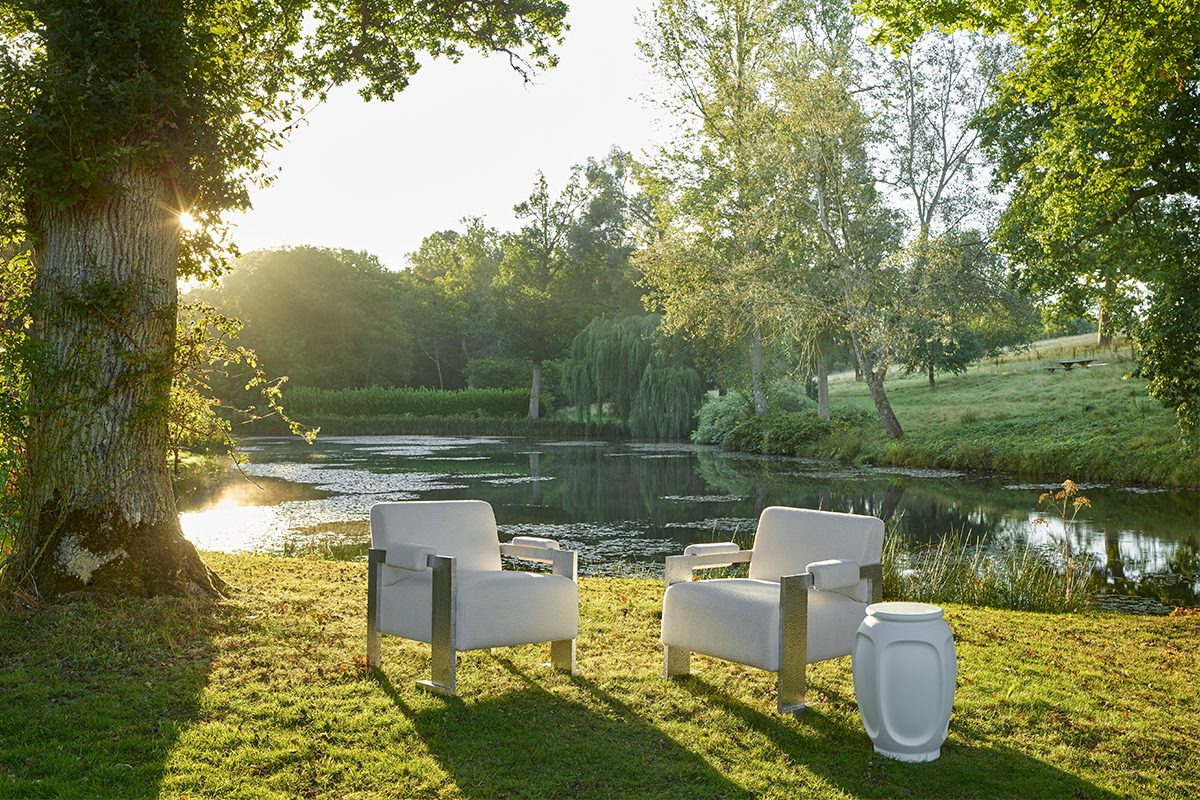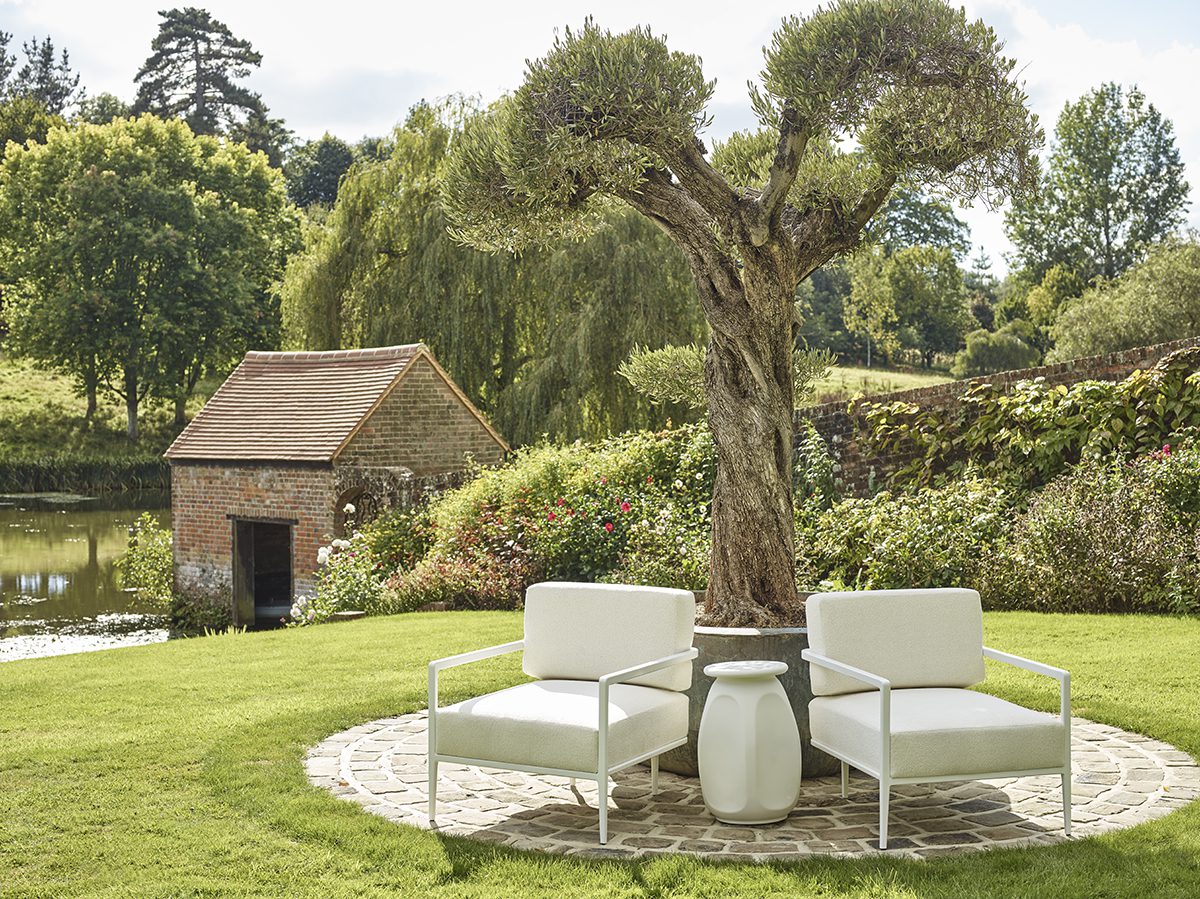
The leafy terrace at Mandarin Oriental Ritz in Madrid
In the first part of our luxury travel views column from the Spring 2022 issue, LUX’s Editor-in-Chief Darius Sanai checks in at the Mandarin Oriental Ritz in Madrid
“A little bit more, Sir?” A bartender is holding up a bottle of artisanal gin, having already emptied what seemed like a half-gallon of it into a bowl-shaped glass, filled with ice, slices of limon (a kind of lemon-lime cross) and juniper berries. I look up at the trees, the expanse of the square behind them, the outline of the grand Thyssen-Bornemisza Museum beyond, and the moon above, and think: yes, why not. I have arrived.
Follow LUX on Instagram: luxthemagazine
If the arrival is a key part of any hotel experience, the post-arrival at the Mandarin Oriental Ritz, Madrid, was pretty important, too. I had left my bags to be taken to my room as I wanted to catch the last embers of daylight from the bar’s terrace, which sits above the garden restaurant, itself almost contiguous with the trees of Retiro Park. You are in the centre of one of Europe’s most vibrant and dusty metropolises, but surrounded by nature (and, in my case, soon immersed in a very good small-producer gin).

The hotel’s royal suite
Neither of Europe’s other two grand Ritz hotels, in London or Paris (the three were born siblings, created by César Ritz to redefine the grandeur of hotels at the start of the 20th century, but are now owned and operated separately), offer such an outdoor experience, or indeed such a refreshing one. I am not speaking of the gin here, but of the decor: Mandarin Oriental’s magic wand over the previously grandiose but fusty Ritz Madrid has created lavishness with a certain elegance and contemporary class.
It’s a perennial question: what to do with a grande dame hotel – in this case, one of the grande dame hotels – to bring it into line with what a new generation of traveller expects, while not destroying its soul. I have seen hotels with decorative ceilings ripped out, with hip bar designers imposing darkness where there was once light, and with questionable contemporary art replacing dusty but meticulous classics.

The hotel’s Belle Époque façade
Fortunately the Ritz does not fall into these traps. Our Mandarin suite combined fresh but classic colours – pale walls, pale gold furnishings – with hints of MO style, such as black lacquer detailing. The service was up to date, effortless and effective without being stiff: just the right balance to cater for a wide variety of traveller.
Read more: Chef Ángel León: Ocean Sustainability Supremo
And the food in the Jardin (Garden) restaurant was also spot on: kimchi chicken skewer, Thai sea bass ceviche, grilled sole with artichokes. You can delve into the paella menu, as many others were doing. The hotel may claim it has updated its Belle Époque origins to work in the luxury travel world 110 years after it opened (I don’t know, I didn’t check, but it’s the kind of thing a hotel would say) and in this case, they would be absolutely right.
Find out more: mandarinoriental.com
This article appears in the Summer 2022 issue of LUX
























